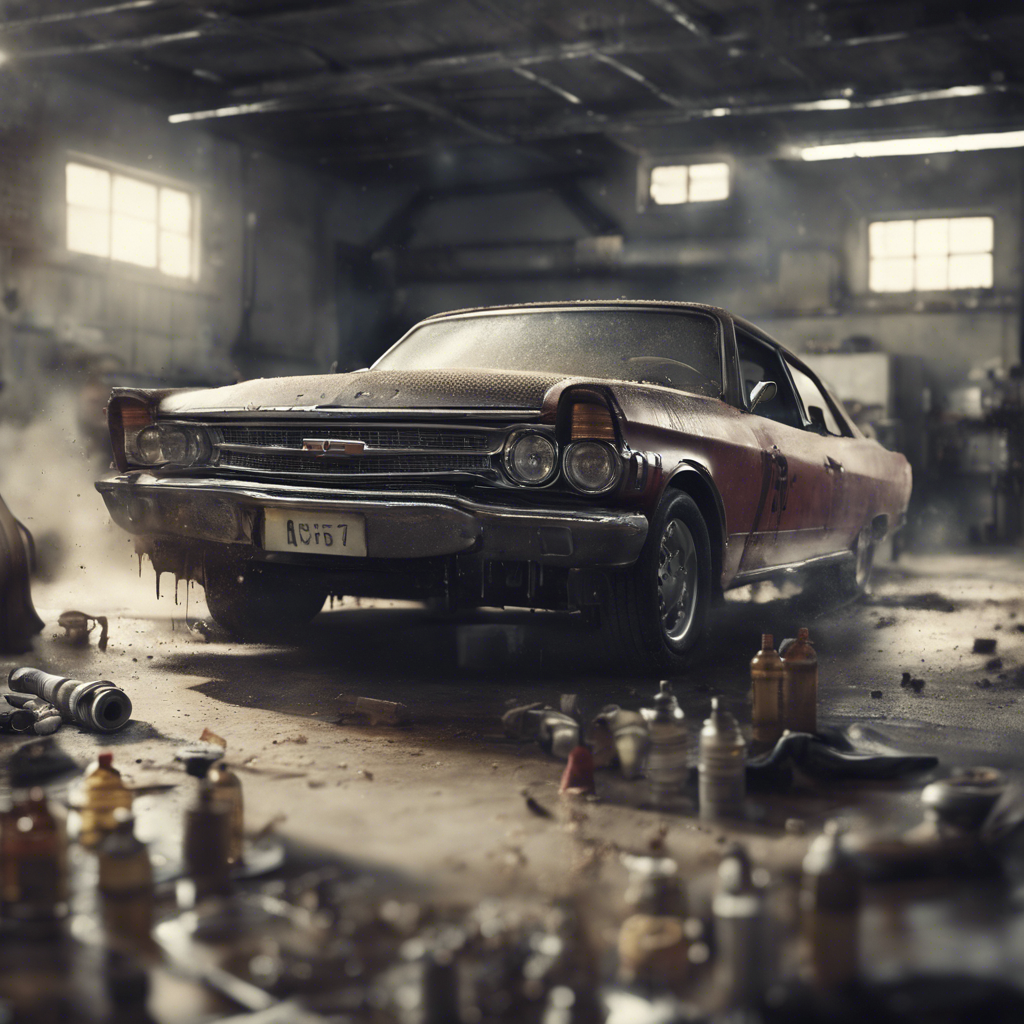Maintaining your vehicle's brakes is crucial for safe driving. One often overlooked aspect of brake maintenance is the condition of the brake fluid. Over time, brake fluid can become contaminated, leading to potential safety hazards. Today, we explore the signs that your brake fluid may be dirty and in need of attention.
Signs of Dirty Brake Fluid
Brake fluid is a vital component of your car's braking system, responsible for transmitting the force from the brake pedal to the brake pads. When contaminated, it can compromise your ability to stop effectively. Here are some signs that your brake fluid may be dirty:
Discoloration: Healthy brake fluid is almost clear with a slight yellow tint. If you notice your brake fluid is dark or murky, it could be contaminated with dirt or debris from within the braking system.
Burning Smell: A strong burning odor while driving or after stopping may indicate that the brake fluid has overheated and is breaking down, possibly due to excessive moisture or high operating temperatures.
Spongy Brake Pedal: If your brake pedal feels soft or spongy when pressed, it could be a sign of air or moisture in the brake lines, affecting the fluid's performance.
Corrosion: Contaminated brake fluid can lead to corrosion within the braking system, which may manifest as rust or other forms of deterioration on brake components.
Reduced Brake Performance: If you experience a noticeable decrease in braking power or if your brakes feel less responsive, it could be due to dirty brake fluid affecting the hydraulic pressure in the brake lines.
What to Do If You Suspect Contaminated Brake Fluid?
If you observe any of the signs mentioned above, it's essential to address the issue promptly to ensure your vehicle's safety and performance. Here are steps you can take:
Check the Fluid: Start by visually inspecting the brake fluid in the reservoir. If it appears dirty or discolored, it's likely contaminated and should be flushed and replaced.
Consult a Professional: For a comprehensive assessment of your brake fluid and braking system, consult a certified mechanic or technician. They can perform a brake fluid test and recommend the appropriate course of action.
Brake Fluid Flush: If contamination is confirmed, a brake fluid flush is necessary to remove the old, contaminated fluid and replace it with fresh, clean fluid. This process helps maintain optimal braking performance and prevents potential safety issues.
Conclusion
Maintaining clean and healthy brake fluid is essential for safe driving and effective braking performance. By being aware of the signs of dirty brake fluid and taking proactive steps to address any issues, you can ensure the safety and reliability of your vehicle's braking system. Remember, when it comes to brake maintenance, vigilance and timely action can go a long way in keeping you and your passengers safe on the road.

Environmental Sustainability: Automobile Services
Comments